The coronavirus pandemic triggered a global economic crisis that severely affected the energy sector during the “lock-in” period. Can national « exit » plans consider investments in energy sectors that would contribute both to the recovery of economies, with job creations, and to the fight against global warming, which, according to the High Council for Climate Change in France, is still insufficiently proactive? In this context, what could Europe’s role be? It is a dual issue that deserves to be addressed.
After the “lockdown” period in France, the Climate High Council and the Citizens’ Climate Convention called for an acceleration of the implementation of the energy transition in the « post-crisis » perspective. The International Energy Agency (IEA) has considered the impact of this crisis on investment in the energy sectors in 2020, particularly in the oil one where the price fall has been particularly sharp (IEA, Word Energy Investment 2020, Paris, May 2020, see also Futuribles Vigie, 3 July 2020 www.futuribes.com). It hypothesizes that the crisis caused by restrictions on mobility and constraints on economic activity will have an impact throughout the year: global energy demand would fall by 6%, electricity by 5%.

The fall in fossil fuel consumption in 2020 (-8% for coal) will ipso facto lead to a very significant reduction in global CO2 emissions (8%), six times more than during the 2008 economic crisis (they would be reduced to their 2010 level). It anticipates a decline in investments in all sectors of electricity production and distribution, with the exception of hydropower and offshore wind, the decline would be sharp for those of photovoltaic solar plants (nearly 20%) and electricity grids (9%), no increase is expected in the field of batteries, while the increase in electricity production through intermittent renewable channels can destabilize electricity networks. The IEA also took stock of changes in energy research and development spending by member countries (IEA, Energy Technology Perspectives, 2020). Relative to GDP, public spending, after a sharp decline in the 1980s, had stabilized over the past decade and increased by 3% in 2019; they represent $30 billion, less than one-tenth of public research spending in all countries except Japan, and are therefore not a priority. Budgets for low-carbon energy accounted for 80% of total spending in all areas. Business research and development spending reached $90 billion in 2019, renewable energy spending has increased by 74% since 2010, spending on electromobility and hydrogen production has also increased, while those on CO2 capture and storage have stagnated; the crisis led companies to reduce them at the beginning of 2020. Schematically, two types of global economic recovery scenarios could be envisaged (see R. Hanna et al. « After Covid-19, green investments deliver jobs to get political traction », Nature, vol. 582, p. 178, 11 June 2020, www.nature.com) : a « green » one with a very low CO2 emissions growth over the next few years (until 2050?) and, by contrast, a « dirty » one with carbon intensive savings with CO2 emissions following their pre-crisis trajectory (1.6 % annual growth on average worldwide), their rebound not being excluded during the recovery. After the sharp fall (8%) in 2020, the Green Scenario assumes that strong growth in public and private investment would produce low-carbon energy (mainly electricity) at low cost and use it in energy-intensive sectors such as construction, transport and industry. The authors of the Nature article estimate that by 2050 the « dirty » scenario would represent an increase in cumulative fossil fuel emissions of 230 Gt of CO2 between 2020 and 2050 compared to the green scenario; they recall that after the economic crisis of 2008, the curve of these emissions had changed, their annual growth having been « only » 1.6%. However, the green scenario would not allow the planet to achieve carbon neutrality in 2050, and indeed the calls of business leaders for lowering emission standards in certain sectors (the automotive one in particular) have failed in Europe while in the United States President Donald Trump had responded favorably, in the same time, China has announced that it will not immediately lower the share of coal in its electricity production.
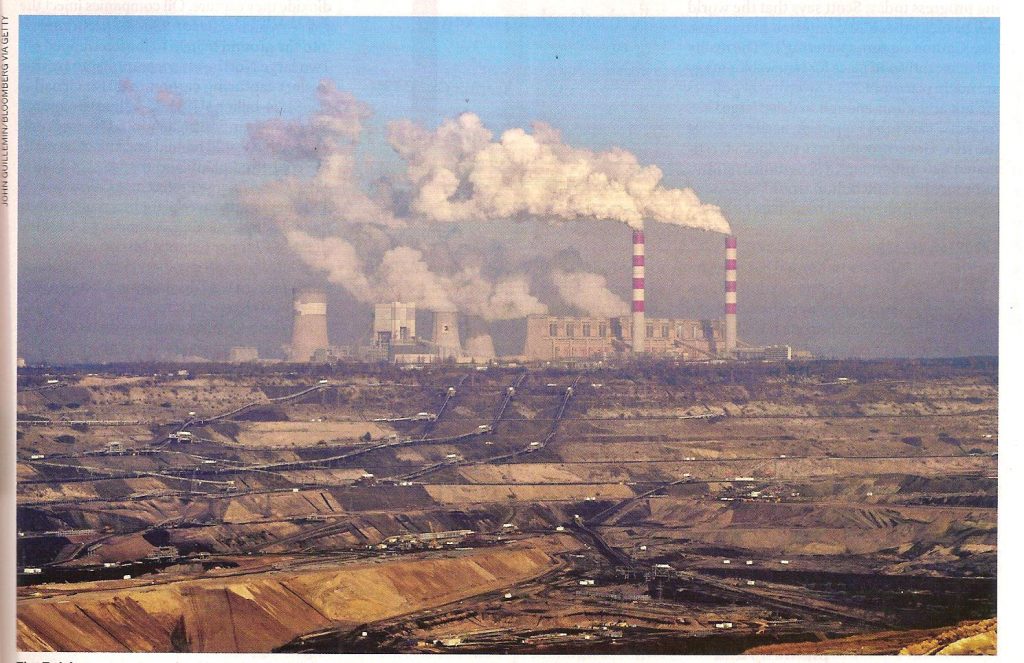
In France, buildings account for 43% of the final energy consumption and 20% of greenhouse gas emissions, their thermal renovation is thus considered as a priority by the government, it allows, in fact, significant energy savings and creates jobs, with existing techniques. Increasing the share of low-carbon energy in the energy mix requires a growing « electrification » of the economy, especially transport, a hypothesis adopted by most pre-crisis scenarios, and the rise of renewable energy is a priority of their « post-crisis » version. This option is realistic because, according to IRENA (International Renewable Energy Agency, Renewable power generation costs 2019, 2020, www.irena.org ), the costs of generating electricity through the solar photovoltaic and onshore wind techniques have fallen sharply. The installed capacity of those power plants commissioned over the period 2010-2019 has increased by one third with costs for the most recent one’s being in the range of $50-70/MWh (on average worldwide) and being therefore competitive with thermal plants using fossil fuels (and those of « classic » nuclear facilities). Costs of the offshore MWh are still high and close to $110 (no offshore power plants have been commissioned in France) because they have to take into account investments for the connection of platforms to the coast.
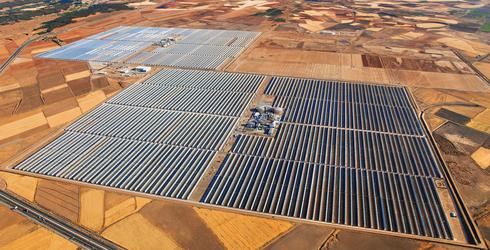
With regard to electricity generation, two points need to be taken into consideration. The first one being that renewable sources are intermittent (the plants are thus not manageable to meet the demand), so that production storage will be necessary, its cost being rarely taken into account in scenarios. It poses a technical problem that we have often addressed. In addition to the technique of storage in dams (95% of the electrical energy stored today), battery technology is the most frequently envisaged alternative with the lithium-ion batteries today; it is also the key technique for electric motorization of vehicles and if their cost has fallen sharply it is necessary to increase their energy density (150 Wh/kg for the lithium-ion battery), alternative options (lithium-air or zinc-air) being considered. Hydrogen storage is an alternative to the batteries often mentioned (power-to gas technique): it consists of producing hydrogen by electrolysis of water and then, by making it react with oxygen from the air in a fuel cell, with platinum as a catalyst, electricity is reproduced. This technique can be used for stationary storage on a production site or in an electric vehicle. « Green » hydrogen (produced with decarbonized electricity), an energy vector envisaged in several scenarios including the France “Plan de relance” launched by the government in September (with 2 billion € of public funding in 2021-2022), it has recently been the subject of a real craze, the major industrial producers of this industrial gas with natural gas as a resource promoting it (they even do not hesitate to consider the construction of an hydrogen aircraft!). In July, the European Commission adopted a hydrogen plan with the aim of increasing its share of the European energy mix to 12-14% by 2050, which implies very large investments in electrolysers (40 GW of installed capacity in 2030) and a high consumption of electricity. This plan, strongly supported by Germany, is not realistic because, several studies have pointed out (see RTE, La transition énergétique vers un hydrogène bas carbone, January 2020, www.rte-france.com ), that the economic profitability of the technique is far from being assured: its overall electric efficiency being at best 35-40% (only 35-40% of electricity entering the electrolysor is recovered at the exit of the fuel cell). Moreover, while hydrogen is a dangerous gas, which is very easily flammable, safety issues are rarely mentioned, especially in the European plan. « Green » hydrogen is an energetic chimera. The second point concerns the balance of the electricity mix, if it is reasonable to invest massively, during the decade, in renewable energies, including offshore wind to achieve its profitability, it would be unrealistic to envisage in the longer term (2050), an electric mix with electricity produced 100% by these techniques, given the risks that their intermittent access to a secure electricity supply poses. In other words, it is desirable to keep the nuclear option open for countries that have maintained the industrial and technical competence in order to do it (France and China among others), with possibly a reserve of power provided by high-efficiency gas plants, two techniques which can operate with some degree of flexibility.
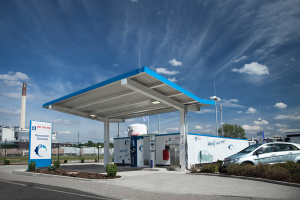
The nuclear option which has been retained in France, provided for by the Energy and Climate Act of 2019, requires both ensuring the economic viability of the EPR reactors and maintaining a significant research effort on new generations, especially the breeders which, for the time being, is not a given option (the “Plan de relance” has provided a funding of 400 M€ for nuclear energy including R&D on small modular reactors) . The electrification of the economy alone cannot solve all the issues opened by the « decarbonization » of energy in industry, and they are addressed by the IEA in a recent note (Aligning investment and innovation in heavy industries to accelerate the transition to net zero emissions, IEA, 20 July 2020, www.iea.org ). It points out that heavy industry (steel, cement, chemistry) does not yet have techniques using decarbonised energies. Let us observe that steel production is carried out in electric furnaces, but with scrap metal, and that that cement requires the decarbonization of limestone (a carbonate of calcium) by heat in an oven (one can consider using microwaves for heating) which inevitably emits CO2 (850 kg/tonne). We will return to this question, which can only be answered by a process research and development effort (P. Papon, « The key technical progress of the energy transition? », futuribles, No. 436, May-June 2020, www.futuribles.com ). With the exception of the thermal renovation of buildings, all the priorities of the energy transition have a European dimension.
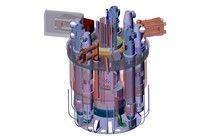
The EU has rightly taken a historic step by adopting a stimulus package in July with significant financial resources (750 billion euros in loans and grants supplemented by a multi-year budget of nearly 1100 billion euros, for the first time it will borrow as a State) of which a third would be invested in policies devoted to the fight against global warming. It should be noted, however, that this agreement, a political compromise, has adopted a 81 billion euros ceiling for the budget of the future European research programme, the Horizon Europe programme (2021-2027), 2 billion more only than the current Horizon 2020 programme, when it was envisaged to increase it to 100 billion euros, but also that the « just transition fund » to help European countries in their energy transition has been reduced by two-thirds to 17.5 billion euros, Poland will get by with its coal….
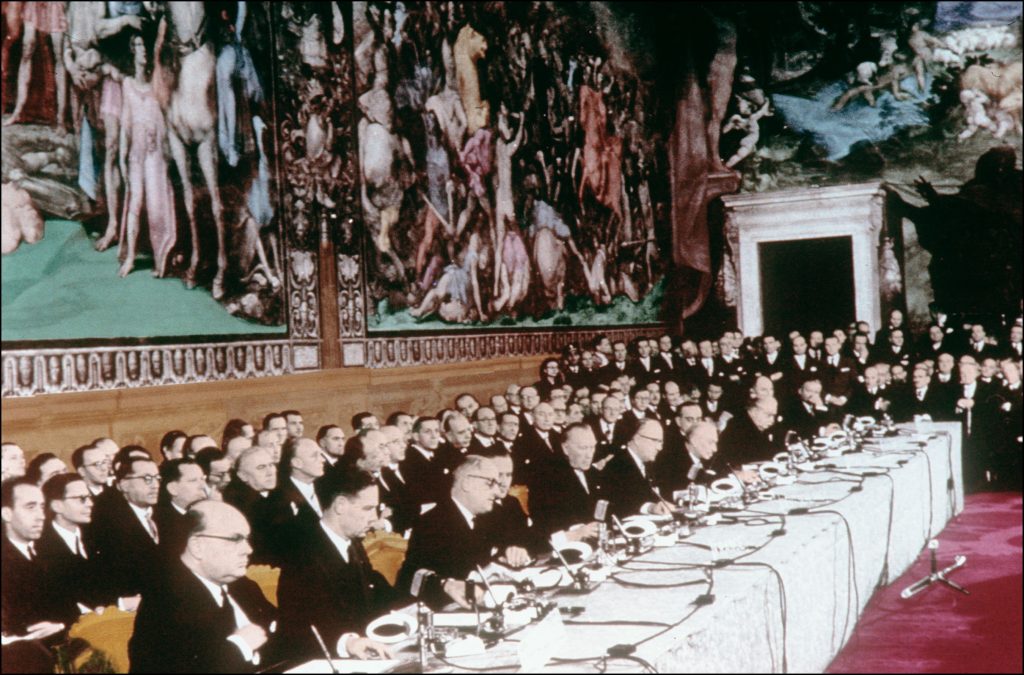
Paradoxically, while the current EU was put on the baptismal fonts, in 1952, by the Treaty of Paris creating the ECSC (European Coal and Steel Community) and then by the Treaty of Rome in 1957, which created both the Common Market and the Euratom (European Atomic Energy Community), two treaties whose aim was to lay the foundations for energy independence of Europe, it has now failed to define an energy policy that ensures both this independence (it imports 55% of its energy) and the security of its low-carbon energy supply. It is procrastinating on the abandonment of coal, it has no gas policy: it must ensure the security of its supplies, but it has yielded to the threats of American retaliation against the European companies in charge of the Nordstream 2 gas pipe to supply Germany with Russian gas. It is slow to put in place technical and industrial plans for the development of renewable techniques and the storage of electricity in particular to increase batteries performances (while it relies on the chimera of green hydrogen), it does not overcome ideological quarrels in order to envisage a nuclear of the future (it will be observed that at the time when France closed the Fessenheim nuclear power plant in Alsace, Germany, which is expected to exit coal in 2038, inaugurated on the other side of the Rhine a « brand new » coal-fired power plant of 1.1 GW, Datteln 4….), and finally it has no mining strategy to source « critical » metals essential to renewable techniques (rare earths in particular). However, more positively, the EU supports the international Iter project on thermonuclear fusion and a first industrial plan for the production of lithium-ion batteries for automobiles, and has launched an interconnection of electricity grids in Western Europe…

The 1956 Suez crisis had given Europe the signal of a political awakening and led it to initiate with the Treaty of Rome a strategy of economic unification and cooperation in stages, it remains to be hoped that the European recovery plan triggered by the pandemics crisis, but also that the threats of international crisis aroused by the rivalry between the United States and China and the rise of the latter will make Europe aware that there is an urgent need to fight a battle both for the energy transition and to ensure its technological and industrial independence in the energy field.
